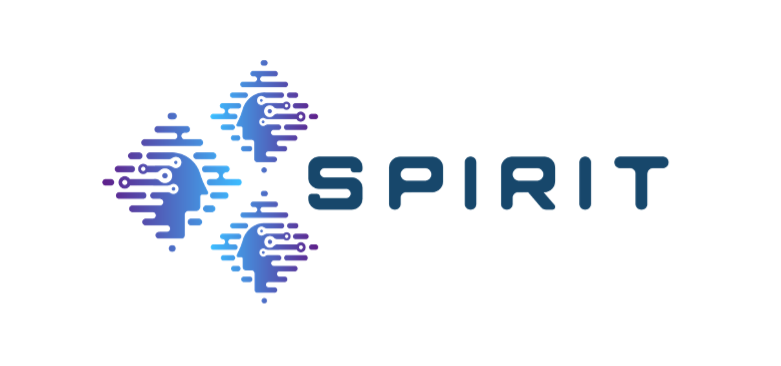ACM Multimedia Conference – OSS Track
10-14 October 2022 | Lisbon, Portugal
[PDF]
Abdelhak Bentaleb (National University of Singapore), Zhengdao Zhan (National University of Singapore), Farzad Tashtarian (AAU, Austria), May Lim (National University of Singapore), Saad Harous (University of Sharjah), Christian Timmerer (AAU, Austria), Hermann Hellwagner (AAU, Austria), and Roger Zimmermann (National University of Singapore)
Low latency live streaming over HTTP using Dynamic Adaptive Streaming over HTTP (LL-DASH) and HTTP Live Streaming} (LL-HLS) has emerged as a new way to deliver live content with respectable video quality and short end-to-end latency. Satisfying these requirements while maintaining viewer experience in practice is challenging, and adopting conventional adaptive bitrate (ABR) schemes directly to do so will not work. Therefore, recent solutions including LoL$^+$, L2A, Stallion, and Llama re-think conventional ABR schemes to support low-latency scenarios. These solutions have been integrated with dash.js that support LL-DASH. However, their performance in LL-HLS remains in question. To bridge this gap, we implement and integrate existing LL-DASH ABR schemes in the hls.js video player which supports LL-HLS.
Moreover, a series of real-world trace-driven experiments have been conducted to check their efficiency under various network conditions including a comparison with results achieved for LL-DASH in dash.js.














